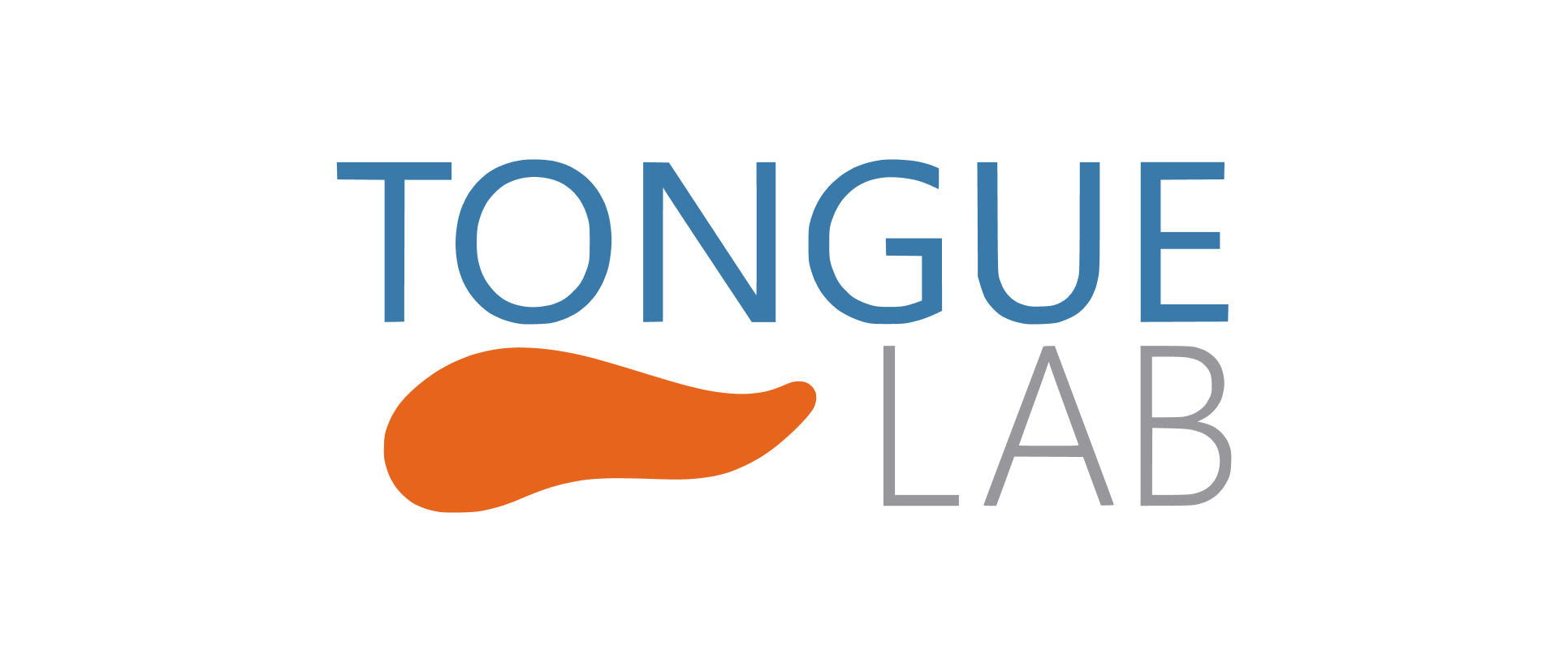TONGUE & HEALTH
Until modern times, food was mostly firm and consistent. Our manducatory apparatus had to chew it before swallowing it. Nowadays, the bottle, the pacifier or soft foods have changed our functional habits even though teeth have grown: we suck rather than chew and swallow properly. Bad habits do not change despite advancing age.
If treated early enough, these disorders can be corrected by lingual retraining and/or orthodontics.
Corrective surgery can be considered for severe or late cases. However, tongue retraining is essential for stable results.
With age and lack of exercise, the loss of strength and muscle tone of the tongue worsens. In addition to the increased prevalence of Sleep Disordered Breathing, this can also lead to dysphagia which in turn can lead to choking, lung infections or de-nutrition
Tongue Dysfunctions
Malocclusions
Dental malocclusions are a misalignment or improper fitting of the teeth in the upper and lower dental arches when they come together upon closing the jaws. It is related to lingual dysfunctions in 95% of cases.
60% to 90% of the population is or has been affected by malocclusions.
Dysfunctions Of The Masticatory Apparatus
Lateral thrusts of the tongue can alter the position of the mandible, affect dental occlusion, and disrupt the TMJ (Temporomandibular Joint). This can lead to persistent pain during the day and night.
Between 5 and 10% of the population is affected by TMJ disorders.
Disharmonies Of The Face Or Profile
Lingual dysfunctions lead to facial growth disorders and a disharmonious face, which are generally corrected through surgery in adulthood.
Disharmonies of the face and profile affect more than 57% of children
Linguistic dysfunction does not affect the widening of the nasal cavities.
Nasal breathing becomes difficult and is replaced by mouth breathing.
Posture
Breathing through the mouth leads to adopting a poor posture in order to breathe and suckle. The position of the head will have an impact on the body posture. Poor cranio-cervical posture can have an impact on the nerves that can result in lingual dysfunction.
Infections
The nose acts as a filter during breathing, while the mouth does not possess these properties. Furthermore, mouth dryness promotes oral infections, the risk of cavities, or bad breath.
Every minute, we inhale approximately 17,000 to 400,000 viruses.
Sports Performance
The nose produces a vasodilator agent that promotes the transportation of oxygen to the cells, resulting in better endurance, recovery, etc. Since this agent is not present in the mouth, mouth breathing reduces athletes’ performance.
There is a 10 to 15% decrease in oxygen in the blood for the same level of effort
Mouth breathing contributes to the worsening of sleep-related breathing disorders.
Respiration Buccale
Sleep Bruxism
Sleep bruxism is a defense mechanism of the body against respiratory arrests (apnea). Stress causes teeth grinding, and the lowered tongue presses the mandible forward to clear the obstruction.
Approximately 8% of the population is affected by bruxism
Obstructive Sleep Apnea
Sleep apnea is characterized by the repetitive occurrence of complete (apneas) or partial (hypopneas) respiratory obstructions caused by the collapse of the tongue and pharynx. This leads to a lack of oxygenation in the body.
On average, 30% of the population has sleep apnea, ranging from 6% in children to nearly 80% in elderly individuals.
Snoring
Snoring is a respiratory noise produced during sleep, specifically during exhalation. It is caused by a narrowing of the airways due to a lowered and pushed-back tongue. It disrupts the sleep of both the snorer and the person sleeping next to them.
45% of the population suffers from chronic snoring.




